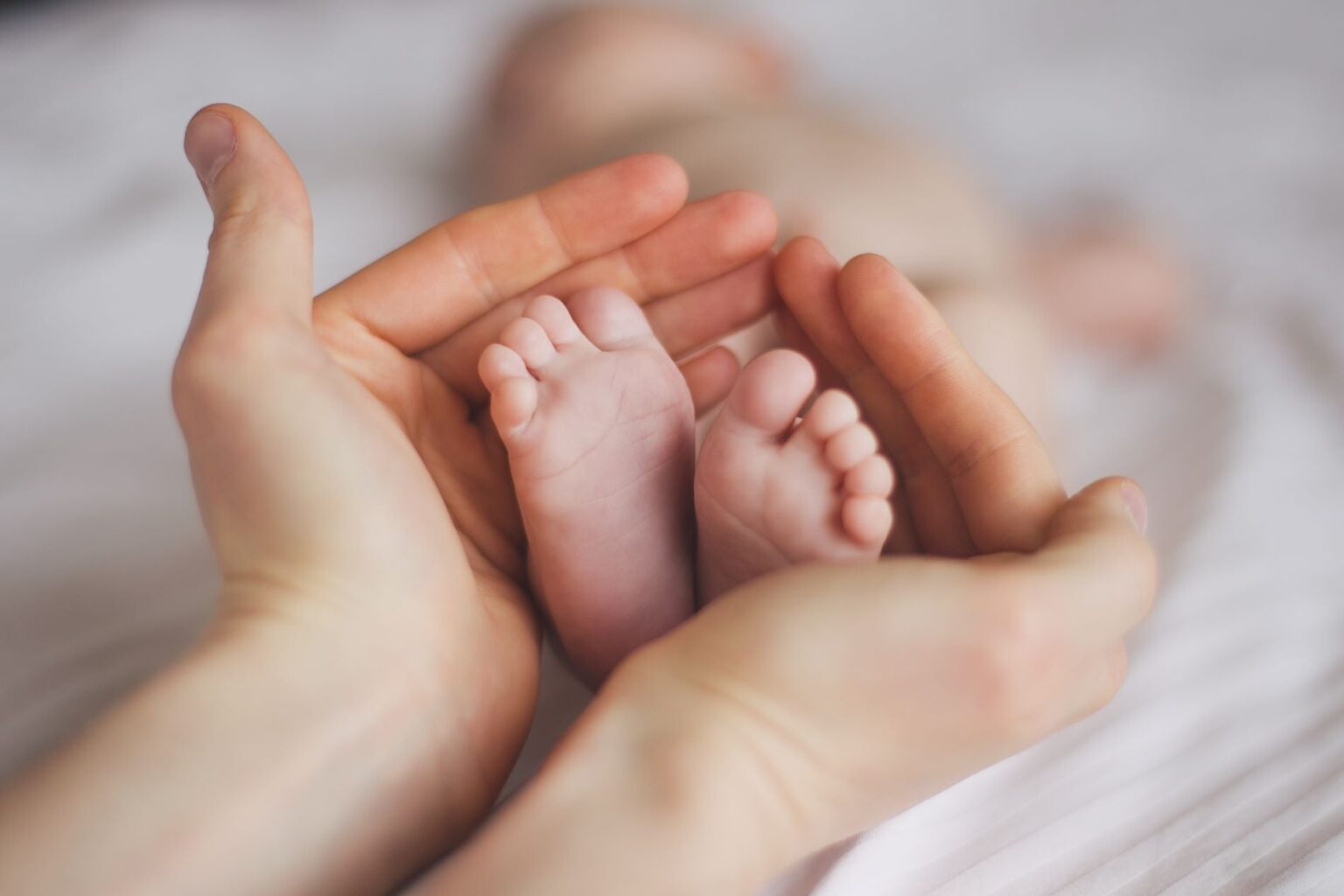Tory leadership candidate Kemi Badenoch has described maternity pay in the UK as “excessive” and argued that the policy has “gone too far” for business regulation.
Speaking to Times Radio, Badenoch said, “the exact amount of maternity pay in my view is neither here nor there”, adding: “We need to have more personal responsibility – there was a time when there wasn’t any maternity pay and people were having more babies.”
Fellow Tory leadership candidate Robert Jenrick has already distanced himself from these views, and Badenoch claims she was commenting on business regulation more broadly (that awkward moment when you slip, fall, and say “maternity pay” twice on live radio).
Here in the UK, statutory maternity pay starts at 90% of earnings for six weeks; falling to a maximum of £184.03 per week for the remaining seven months. You’d earn the same working a 16-hour week on the Living Wage.
Presumably, Badenoch has since been informed that the UK’s freeloading new mums are actually miles behind in maternity benefits compared to leading nations. Below, we list six countries that are doing maternity leave better than the UK.
1. Norway
Unsurprisingly, the Scandis are leaps and bounds ahead of the UK when it comes to maternity pay. Norwegian mothers can choose between either 49 weeks of maternity leave on full pay, or 59 weeks of leave receiving 80% of their salary.
Dads can also benefit from this generosity thanks to Norway’s shared parental leave policy. While mum goes back to work, dads can spend 16 or 26 weeks (depending on the total time taken) bonding with their new baby.
2. Bulgaria
Bulgaria is best-known for its gorgeous coastline and rose oil production. But it is also earning a reputation as a progressive leader when it comes to supporting women at work, thanks to its extremely generous statutory maternity leave. All 410 days of allotted leave are funded by the government at 90% of the mother’s wage, starting 45 days before the birth.
That said, Bulgaria is lacking when it comes to shared leave. When the baby is six months old, mothers can transfer their remaining maternity leave to the father, but this time is usually paid at minimum wage, generally resulting in a slower return to work for new mums.
3. Sweden
Swedish mothers aren’t paid at 100% of their salary while on maternity leave, so they do slip behind Norway in our ranking. But a generous leave allowance makes up for this. 480 days of leave are up for grabs, all offered at 80% pay, up to a maximum of around £450 per week.
Unlike in the UK, where just 63.7% of fathers use their two weeks of paid paternity leave, Swedish dads are legally obliged to take at least 90 days of paternity leave to look after their new child. 150 days can also be transferred between parents.
4. Finland
Finland is just behind its neighbour Sweden when it comes to maternity leave. Mums and dads both get 160 days of leave, of which 69 days can be transferred to the other parent.
On top of this, mums must start their leave at least 30 days before birth, in addition to the 160 days they receive after the baby is born. Single parents can use both parents’ entitlements, giving them 328 days of parental leave in total.
The first 56 days of leave is paid at 90% of the employee’s salary. This amount then drops to 70% for those earning up to €38,636 a year, and 40% for salaries up to €59,444.
5. Croatia
Kemi Badenoch might argue that Croatians really need to reign in their maternity leave benefits. Working mothers are obligated to take at least 98 days of leave, with the option to extend this up to six months, or return to work and transfer the remaining leave to the father.
Throughout this entire period, any parent on leave is entitled to 100% of their salary. Rather than the employer, this generous package is paid for by the Croatian Health Insurance Fund (HZZO), a state-owned, universal health care system (sobs in NHS).
6. New Zealand
Jacinda Arden made headlines when she became the first world leader to attend the United Nations general assembly meeting with her three-month-old baby in tow. The move set a new precedent for helping women to balance work and care duties; a legacy that has since influenced New Zealand’s generous approach to maternity.
Like Croatia, new mums can get up to six months’ maternity leave on 100% pay, as part of a package paid for by the government. The allowance is the same for shared parental leave. Unrelated, but workers also get 32 days’ holiday allowance.
Why everyone and their mum is beating us for work-life balance
In its recent report into work-life balance, The Access Group ranked the UK 34th in a list of the top 40 countries, largely due to its poor maternity and paternity leave allowance.
According to the same report, Google searches in the UK for ‘work abroad visa’ have spiked by 27% in the last year, which could reflect the country’s position in the index as people look to explore opportunities in other countries, such as those offering Digital Nomad visas.
Despite Badenoch’s comments, working mothers mustn’t feel too dismayed. Thankfully, most businesses recognise that the legal minimum for maternity leave is not a bar to aim for, but one to beat. There are many firms with enhanced maternity leave in the UK.
Otherwise, with working mothers only able to earn as much as a part-time minimum wage job in the UK, we are hardly going “too far” with our benefits.
In fact, with the motherhood penalty resulting in a persistent gender pay gap for female employees, there is no doubt that the UK could go much further.




